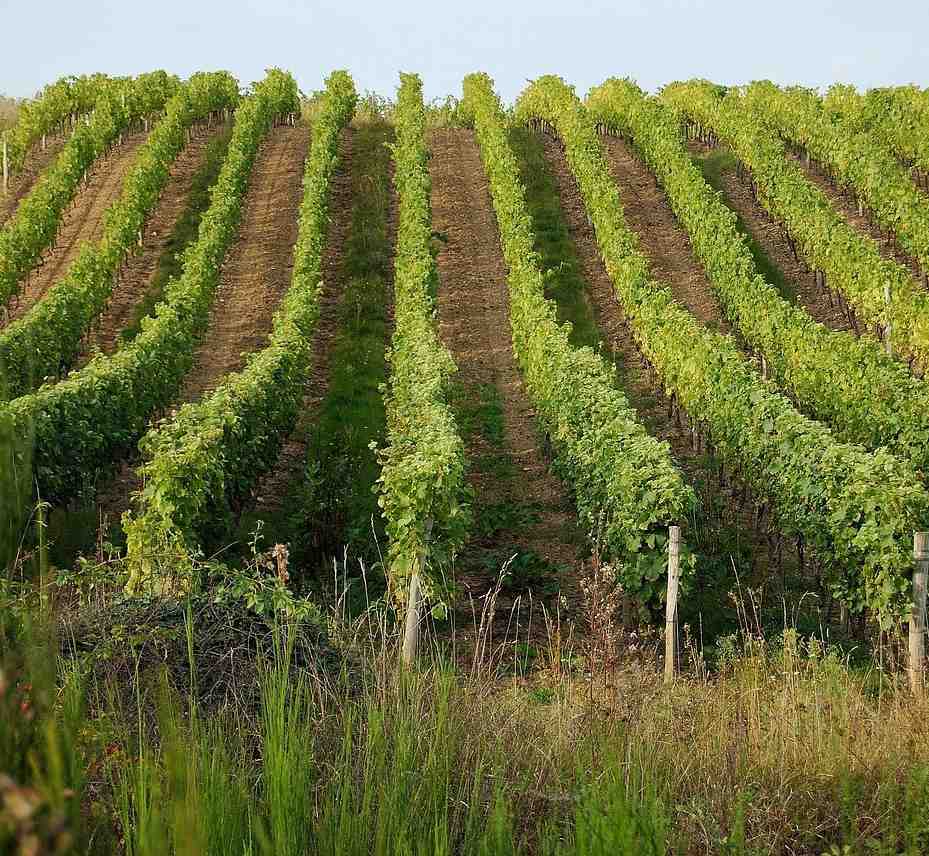
Château Bellerive cultivates twelve hectares of Chenin Blanc-planted vineyards in the commune of Rochefort-sur-Loire. Part of this community is located in the 54-hectares Quarts de Chaume appellation, which is also part of the nearly 3400 hectares AOC Coteaux du Layon.
Quarts de Chaume wines,- concentrated, expressive and extremely long-lived -, have the status Grand Cru, which can also be labeled on the label – the wines of the Coteaux du Layon appellation may only be labeled Premier Cru.
The Grand Cru status is due not only to the very low yield of 20 hectoliters per hectare, but also to the location. The vineyards in Quarts
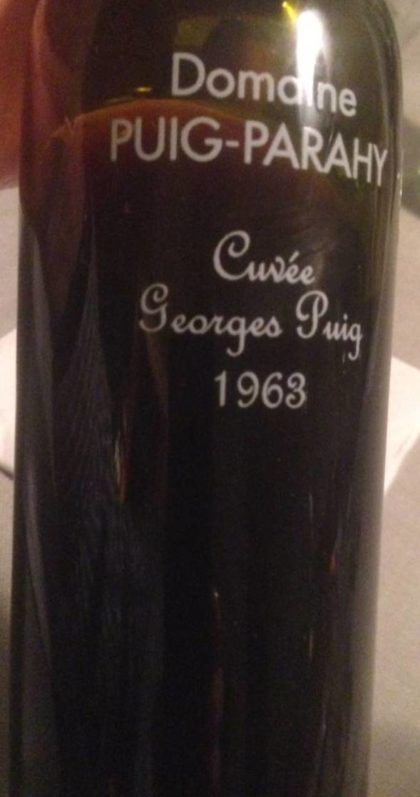 The Domaine Puig-Parahÿ is known for its Vin Doux Naturel (VDN). Nearly 50 vintages of Vin Doux Naturel, which are stored in Passa in the cellars of the Roussillon-based winery, are marketed. Many of these VDN date back to the last century. For Parker’s Wine Advocat, David Schildknecht had tasted just under a dozen of these VDN Rancios by Puig-Parahÿ from vintage vintages from 1875 to 1998 in 2009. They have been rated with 90 to 98 points, the majority with more than 95 points, on average with almost 94 points.
The Domaine Puig-Parahÿ is known for its Vin Doux Naturel (VDN). Nearly 50 vintages of Vin Doux Naturel, which are stored in Passa in the cellars of the Roussillon-based winery, are marketed. Many of these VDN date back to the last century. For Parker’s Wine Advocat, David Schildknecht had tasted just under a dozen of these VDN Rancios by Puig-Parahÿ from vintage vintages from 1875 to 1998 in 2009. They have been rated with 90 to 98 points, the majority with more than 95 points, on average with almost 94 points.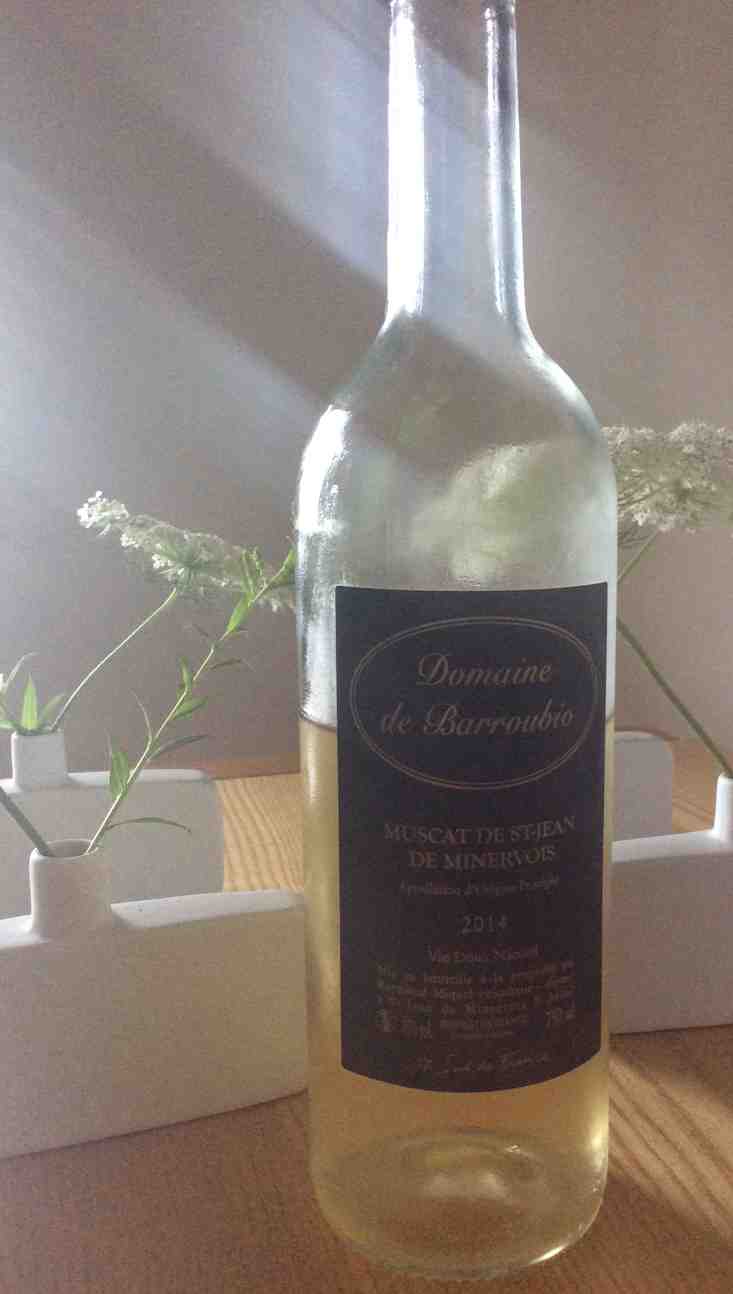
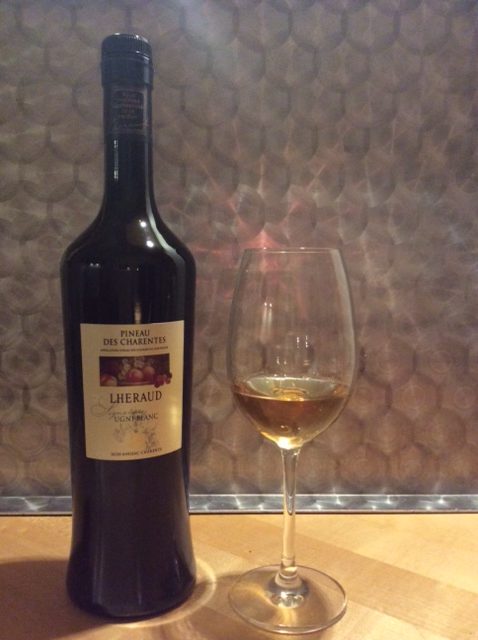 The Pineau de Charentes, a liqueur wine, is produced in the Cognac region, more specifically from the departments of Charente, Charente-Maritim and Deux-Sèvres. To produce a Pineau brandy from the AC Cognac is added to the fresh must of grapes, only a few hours after they have been harvested. The must may have started the fermentation and must have in any case more than 170 grams of sugar per liter. The cognac must have an alcohol content of at least 60%, be at least one year old and aged in wooden barrels – even a longer maturation is possible.
The Pineau de Charentes, a liqueur wine, is produced in the Cognac region, more specifically from the departments of Charente, Charente-Maritim and Deux-Sèvres. To produce a Pineau brandy from the AC Cognac is added to the fresh must of grapes, only a few hours after they have been harvested. The must may have started the fermentation and must have in any case more than 170 grams of sugar per liter. The cognac must have an alcohol content of at least 60%, be at least one year old and aged in wooden barrels – even a longer maturation is possible.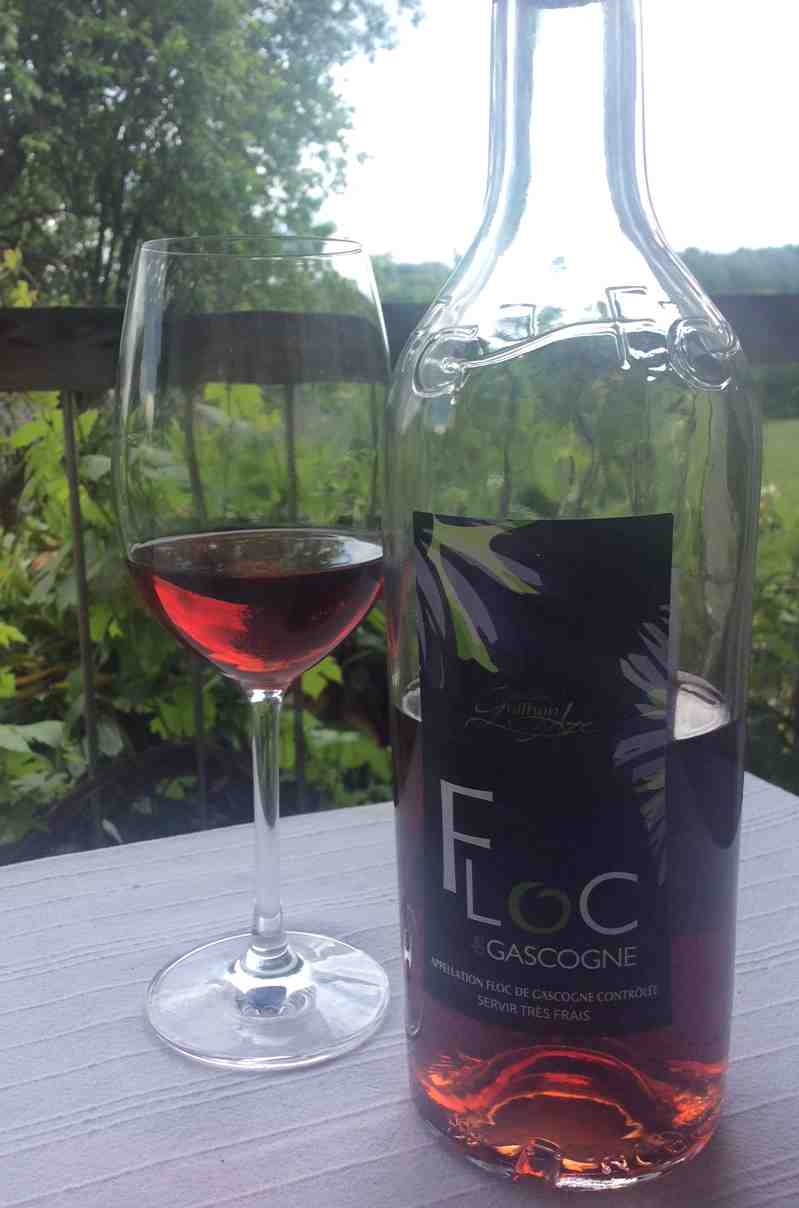
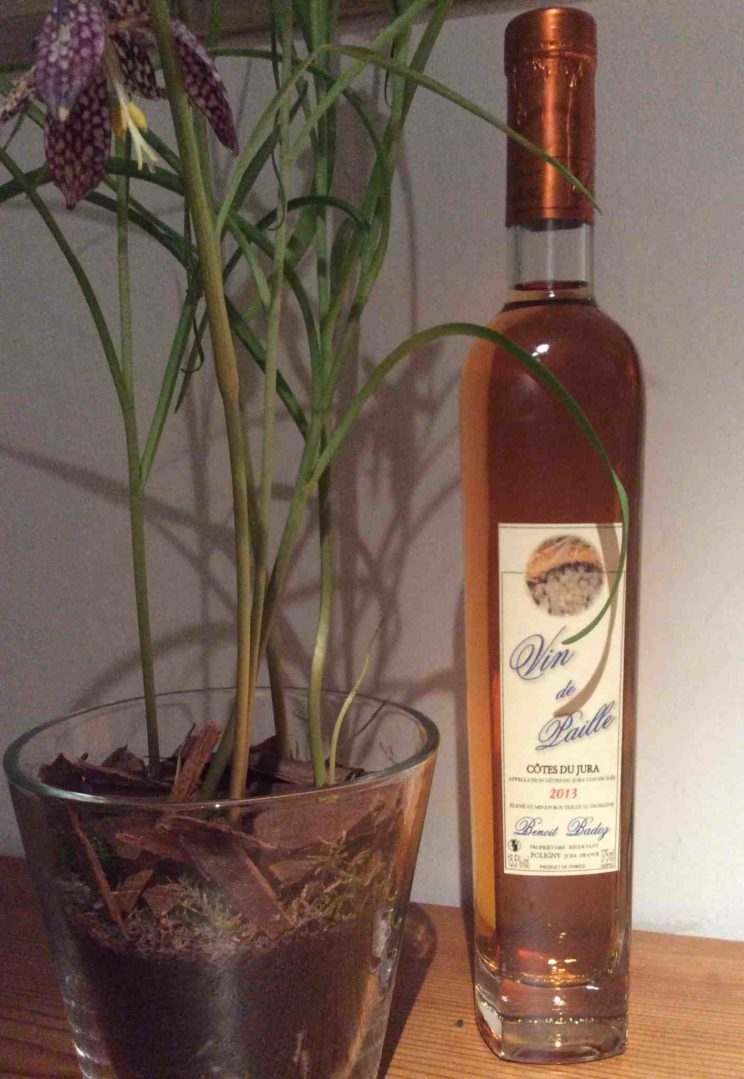
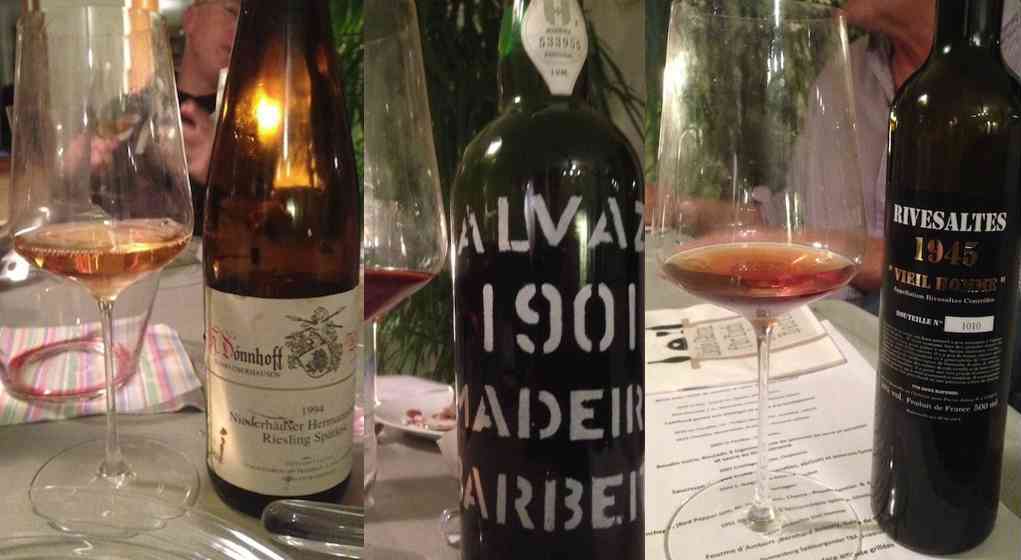
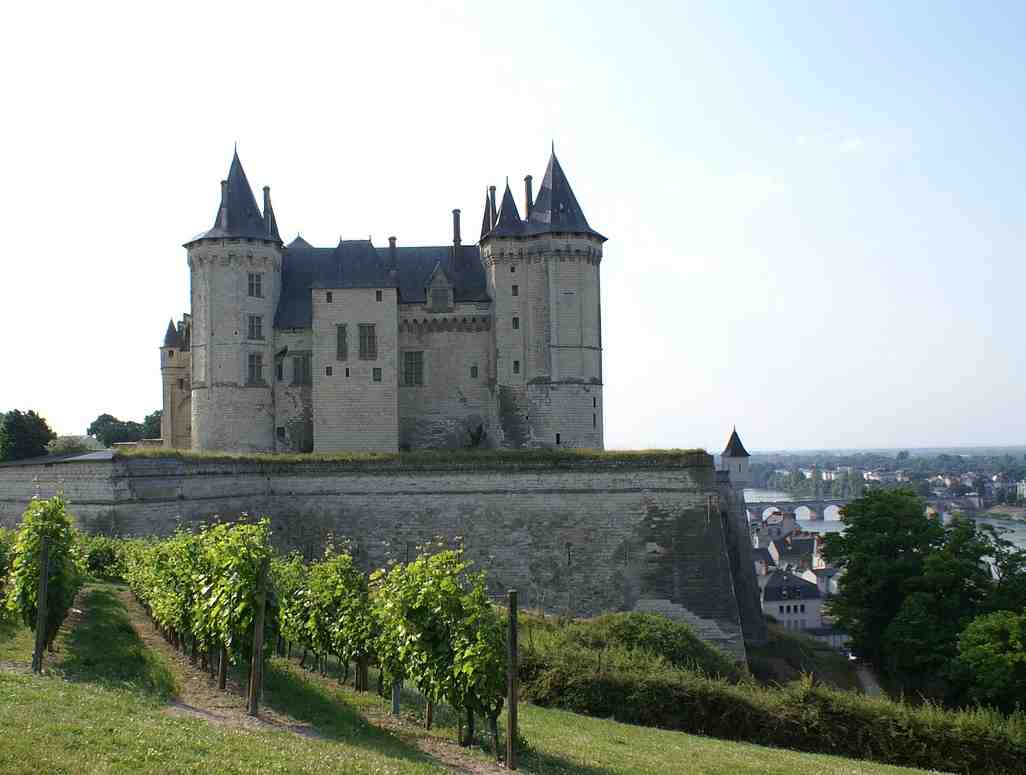
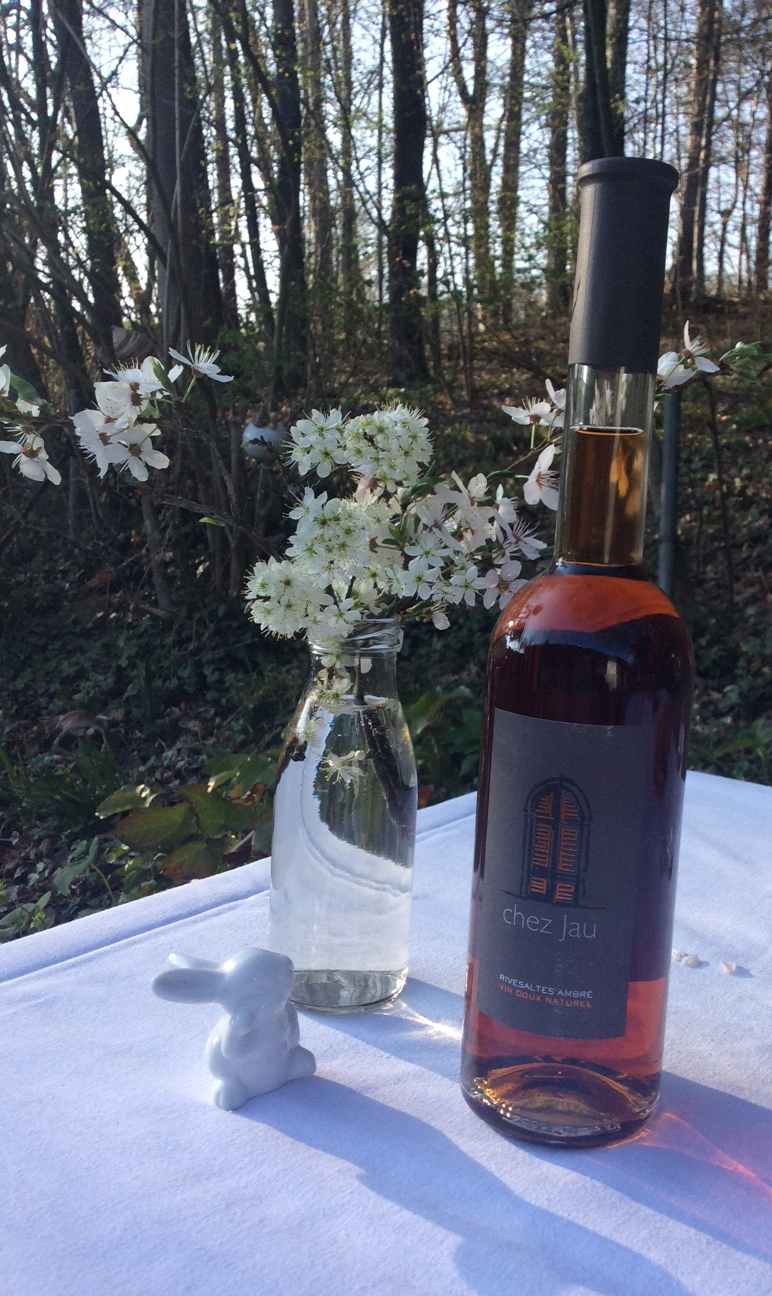 My first experiences with Vin Doux Naturel (VDN) were characterized by fresh dark red, reductively vinified Banyuls (rimage), only later followed the oxidatively vinified bright to brick red Banyuls (traditionnel or Grand Cru) and finally the other types of VDN. This order is not surprising, because Banyuls is the most well-known and frequently represented wine in the German wine trade of the sweet French VDN. During a visit to Roussillon, which accounts for over 80% of the total VDN produced in France, I met the Ambré type Amber (Amber) and very appreciate it since then.
My first experiences with Vin Doux Naturel (VDN) were characterized by fresh dark red, reductively vinified Banyuls (rimage), only later followed the oxidatively vinified bright to brick red Banyuls (traditionnel or Grand Cru) and finally the other types of VDN. This order is not surprising, because Banyuls is the most well-known and frequently represented wine in the German wine trade of the sweet French VDN. During a visit to Roussillon, which accounts for over 80% of the total VDN produced in France, I met the Ambré type Amber (Amber) and very appreciate it since then. As early as 1531, the first mention of a sparkling wine produced in the region around Limoux can be found. The wine-growing area of Limoux is located in the west of the Languedoc around the town of the same name, south of Carcasonne and along the Aude and its tributaries. The vineyards are at altitudes of about 100 to 500 m. The grapes then thrive under a Mediterranean-influenced climate, often on sandstone or limestone and clay. Most common white grape varieties are Chardonnay, Chenin Blanc and Mauzac, red grape varieties include Merlot, Cot (Malbec), Grenache, Syrah, Cabernet Franc, Cabernet Sauvignon and Pinot Noir. The white grape …
As early as 1531, the first mention of a sparkling wine produced in the region around Limoux can be found. The wine-growing area of Limoux is located in the west of the Languedoc around the town of the same name, south of Carcasonne and along the Aude and its tributaries. The vineyards are at altitudes of about 100 to 500 m. The grapes then thrive under a Mediterranean-influenced climate, often on sandstone or limestone and clay. Most common white grape varieties are Chardonnay, Chenin Blanc and Mauzac, red grape varieties include Merlot, Cot (Malbec), Grenache, Syrah, Cabernet Franc, Cabernet Sauvignon and Pinot Noir. The white grape …